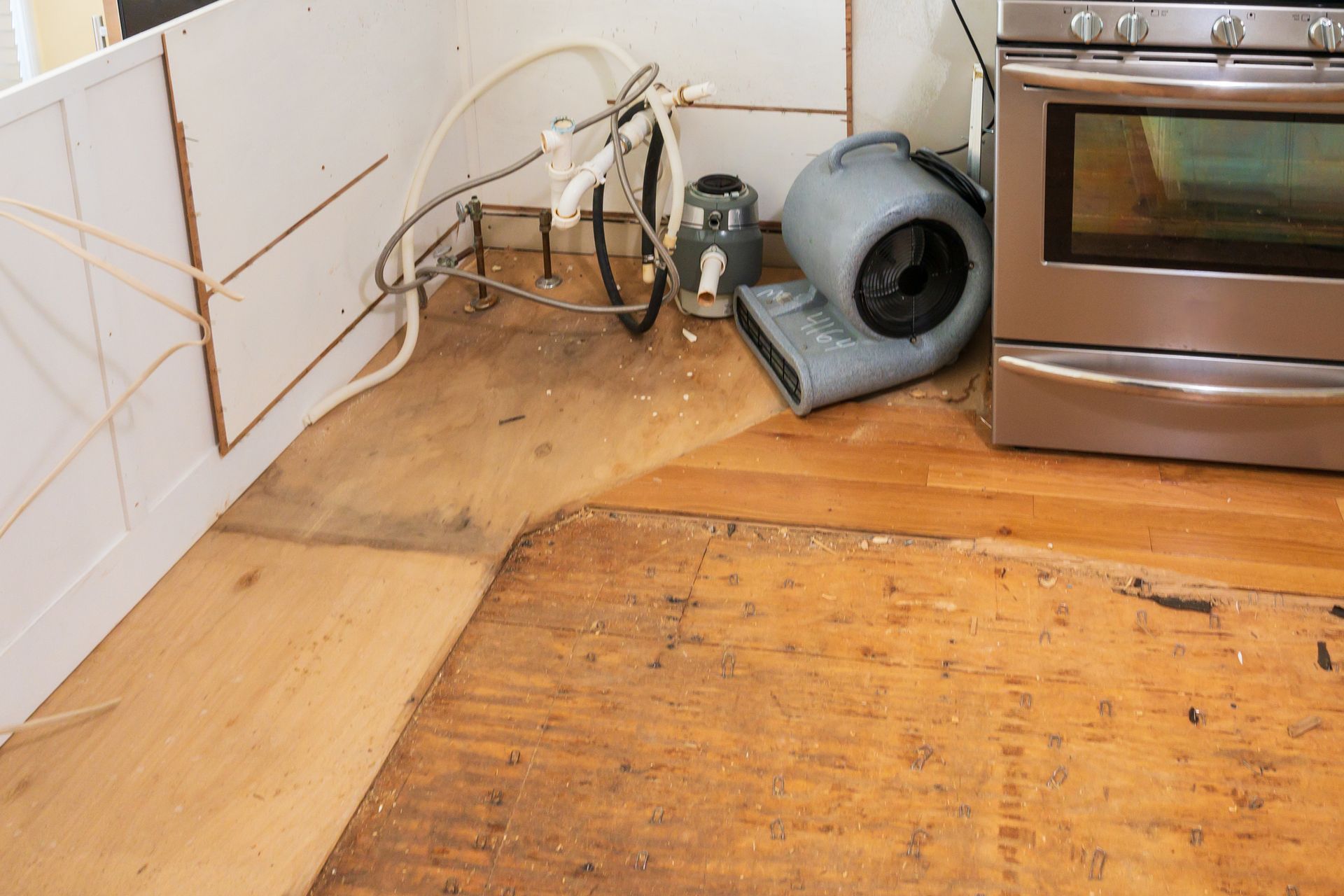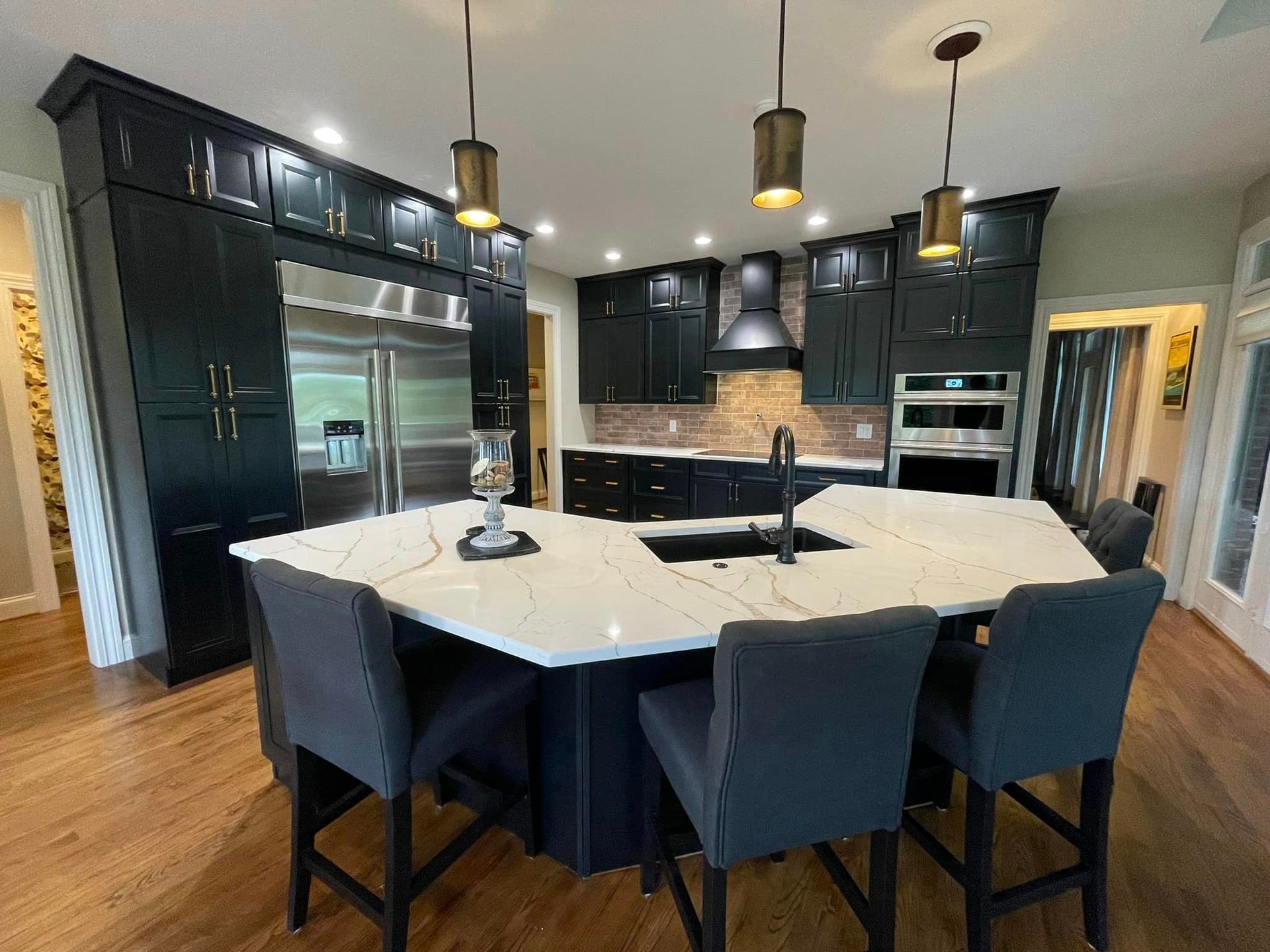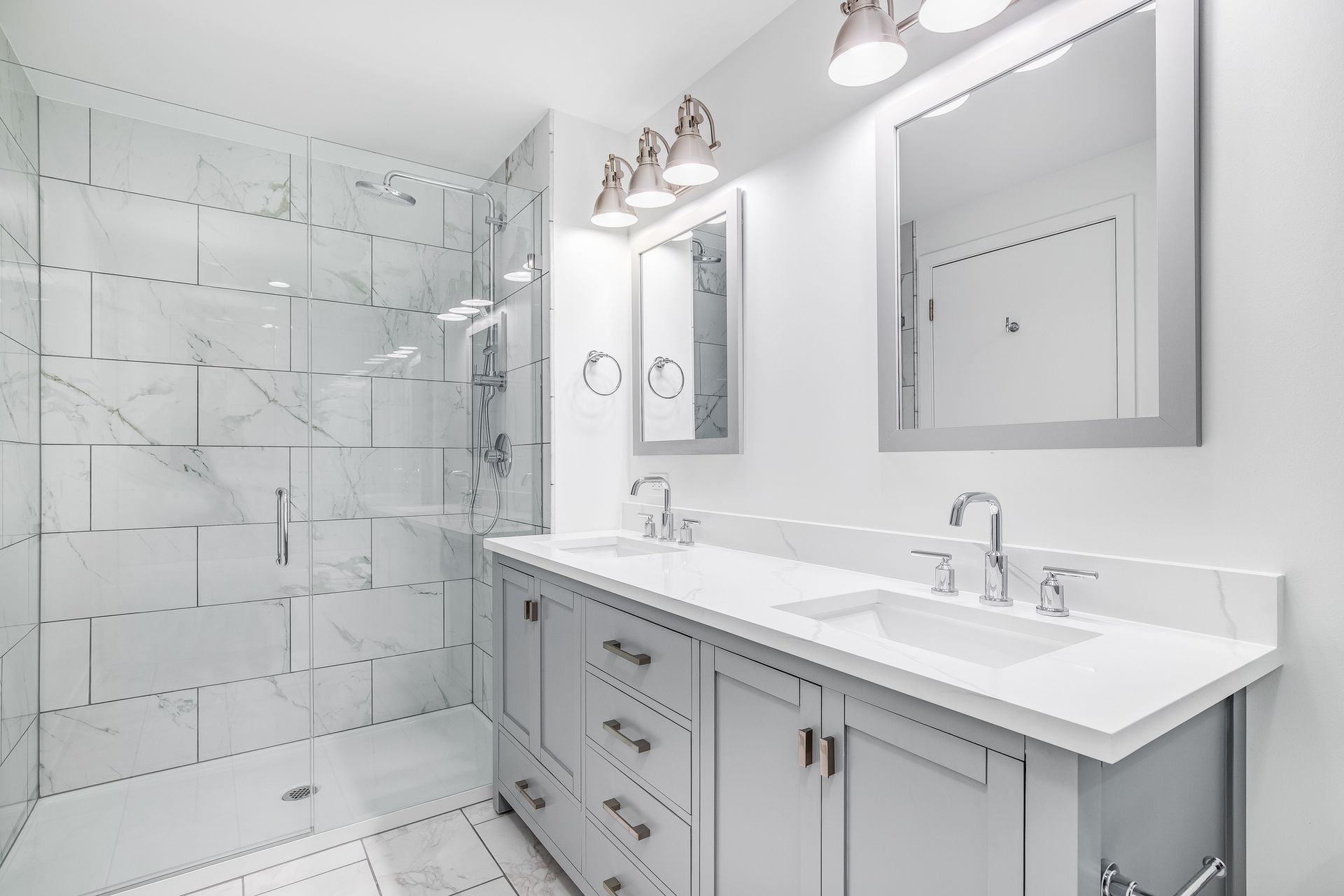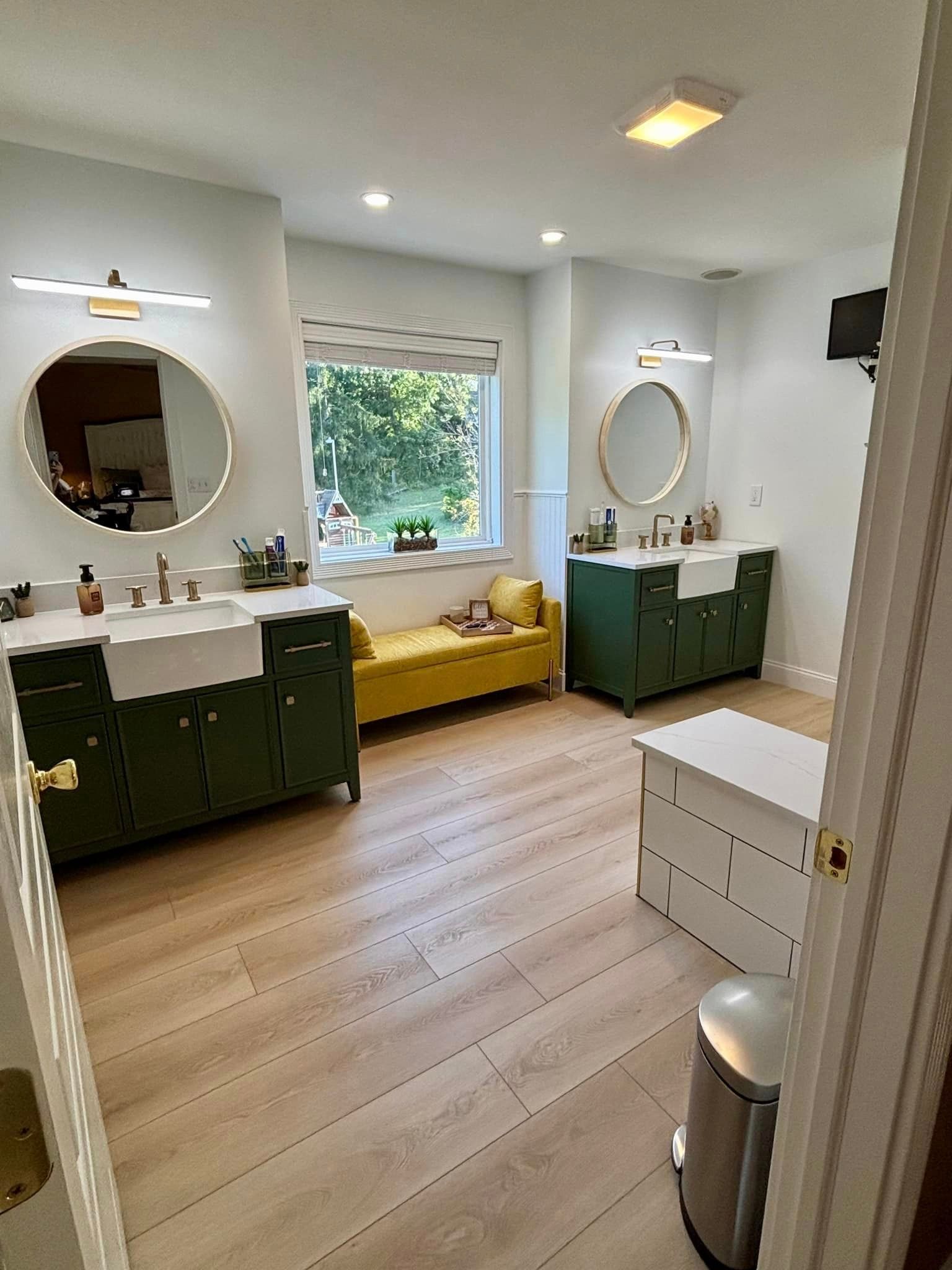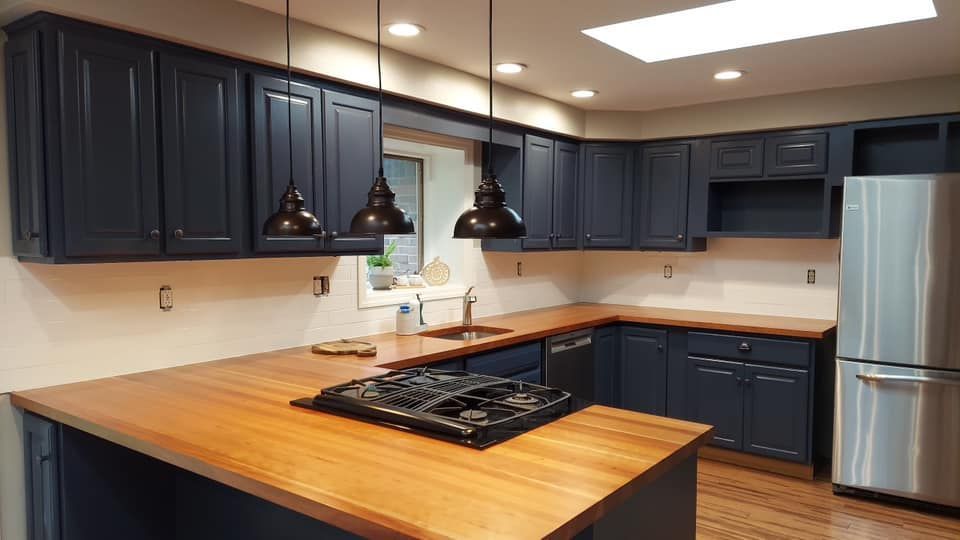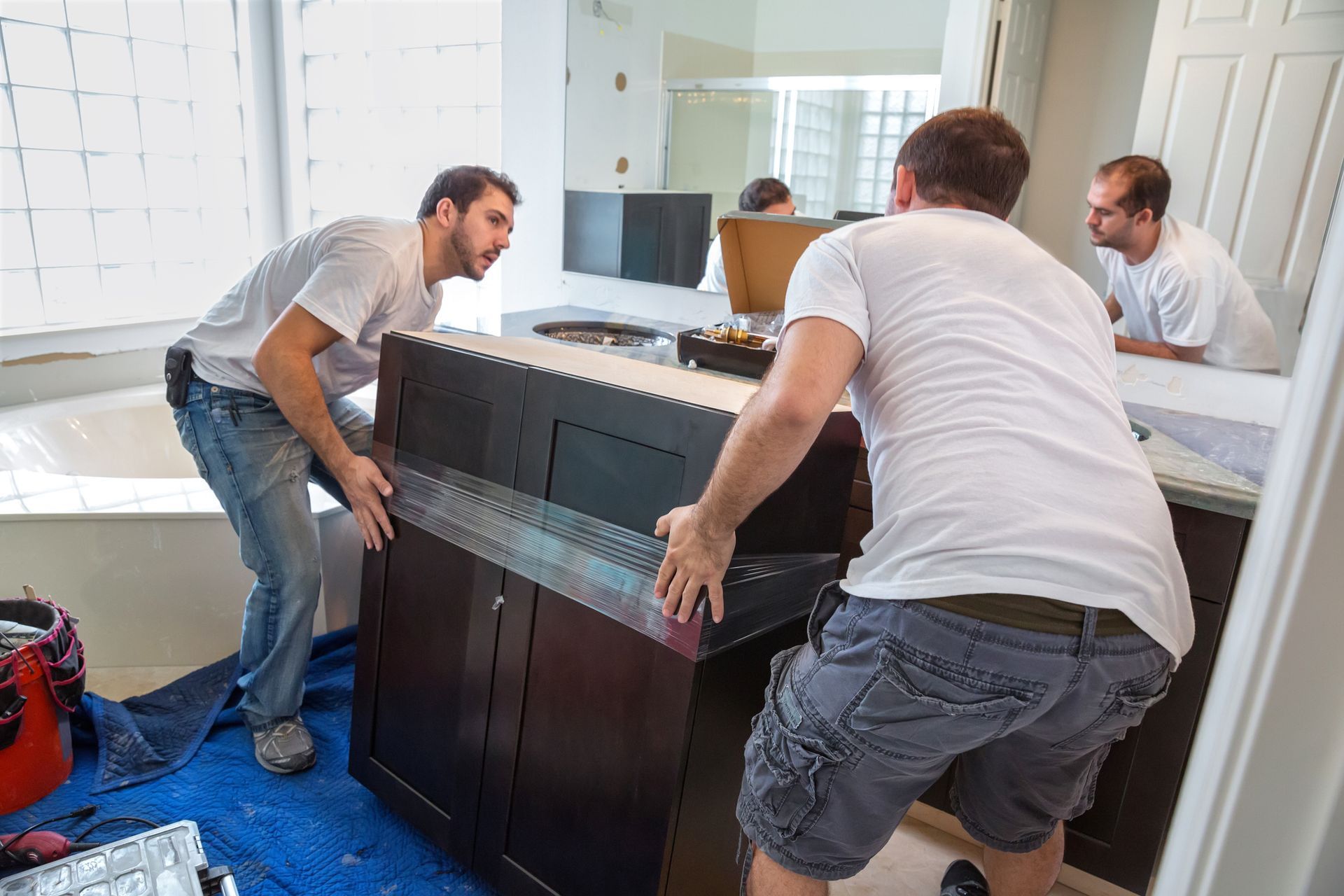When Is The Best Time To Have Your Homes Exterior Painted?
A new coat of paint on the exterior of your house is certain to give it a whole new feel, and preserve the wood or siding for a good long while. Most likely you have been looking at the old paint for a while. Now you are getting around to it, you may even have the money set aside already, but you aren't sure if the current season will affect the paint. Let's look at the best time to have our homes exterior painted.
The Best Time Of Year For Exterior Home Painting
The best time to have the exterior of you house painted is generally accepted to be late spring or summer. The experts agree. You have a greater window of acceptable weather, and that's when most painting contractors are pushing those jobs.
A better way to determine the best time to paint your home's exterior is by looking at the weather regardless of what season it is. If there is no rain, and the temperature is great, and no other external factors that might impede painting, you are good to go.
It is a great idea to keep an eye on the weather when you schedule an exterior painter to come out, and keep checking it in the days preceding the job, and after since it takes a bit for the paint to properly cure to be able to take on the elements.
Home Exterior Painting in The Fall
If you are setting out to have your home painted in the fall, we recommend you do it early when the day and night temperatures are closer and there is not a huge temperature gap when the sun goes down yet. Paint has a hard time curing if the temperature fluctuates drastically. Depending on where you live, and how far into fall you are, temperatures can be hot during the day, and much cooler at night. It is important to take your location into account when you are making the decision to paint in the fall.
Home Exterior Painting During Winter
In Pennsylvania, you are likely out of luck if you want to paint your home in the winter. If you live in a warmer climate like Florida, your chances go up considerably, as it is possible to celebrate Christmas in a swimsuit in many parts of that state. The general statement is that you shouldn't paint outside when temperatures are below 50 degrees Fahrenheit, but some newer paint formulas can accommodate lower temperatures.
If It Is ___ Out; Don't Have Your Home Exterior's Painted
Windy
You might think that wind would be your friend when tying to have your house's exterior painted in the Pittsburgh area. Wind can not only blow debris such as dried grass and dust onto a freshly painted house, but heavy wind can cause streaks if the paint is applied to thick. If you are hiring a professional painter, they will know not to apply a thick layer of paint as this increases the chance that it cracks down the road, regardless of the weather surrounding the time of application. In cases of extreme wind, and a tall house, wind can also be a safety hazard to painters on ladders or scaffolding, or even cause paint cans to blow over causing waste, and an unpleasant mess. A professional painter will unlikely paint if the conditions are bad, but if they determine them to be acceptable, a professional painter worth his salt is licensed and insured should anything happen.
Damp
You may think that because it is not raining outside, it will be okay to have the painters you scheduled come out. Guess again! Though it may be frustrating to delay the project, you will thank yourself later. If it is humid outside that humidity can make its way into the paint. If the air stops being humid, the surface still might not be dry yet. Be sure to check!
Hot
If you are shooting for a day when the temperature is too hot, the paint can dry too fast and not cure properly. The surface will likely be too hot as well if the air around it is, but if it is, the paint will not stick properly, and can result in a bubbling or blistering that can end up cracking and peeling. Painting outside surfaces should not be done unless it is less than 85 degrees out. It is best not to paint in these conditions unless the paint you are working with specifically says otherwise.
Cold
Painting when it is too cold outside is not good either. If it is below 50 degrees Fahrenheit it is not a great idea to paint. If it is below 35 degrees, water based paint can freeze, causing your paint to not cure correctly. Moisture forming as a result of low temperatures can also result in improperly cured paint. Stick between 50 and 85 degrees Fahrenheit, and you will be good to go!
Professional Exterior Painters
If you hire professional exterior painters they will know the optimal conditions for applying paint on the exterior of your home. At Obringer's we use only quality paint, and our trained experts have the knowledge and experience to give your home the paint job it deserve. Give us a call today, or fill out a form on our website for:
- A Licensed and Insured paint contractor
- Assurance that the job will be done right the first time.
- High quality paint that goes the distance
- Superior job quality from experienced painters

Author: Derek Obringer
Owner & Founder of Obringer's Painting and Remodeling, Derek Obringer brings attention to detail, together with experience, and superior customer service into each and every home that his company does work.
Painting And Remodeling Blog
